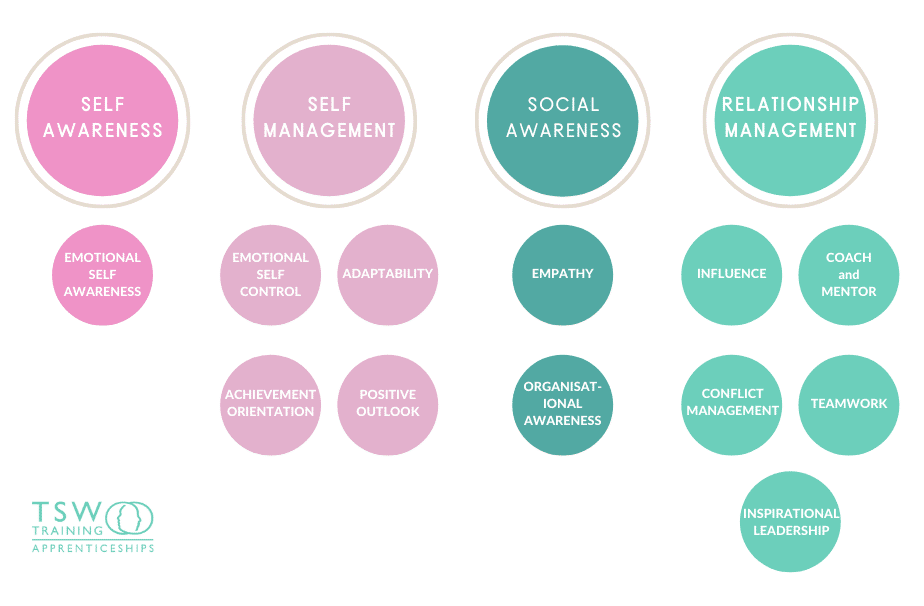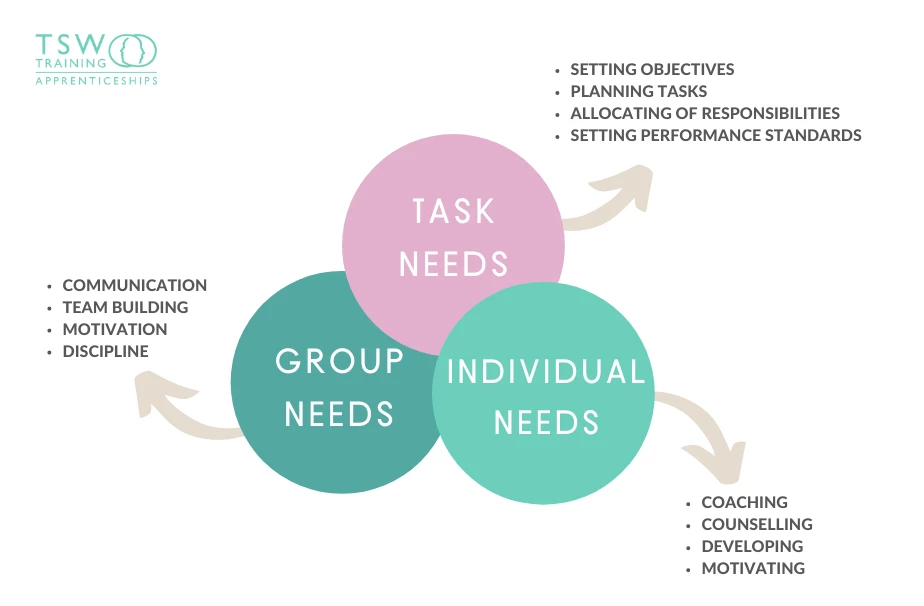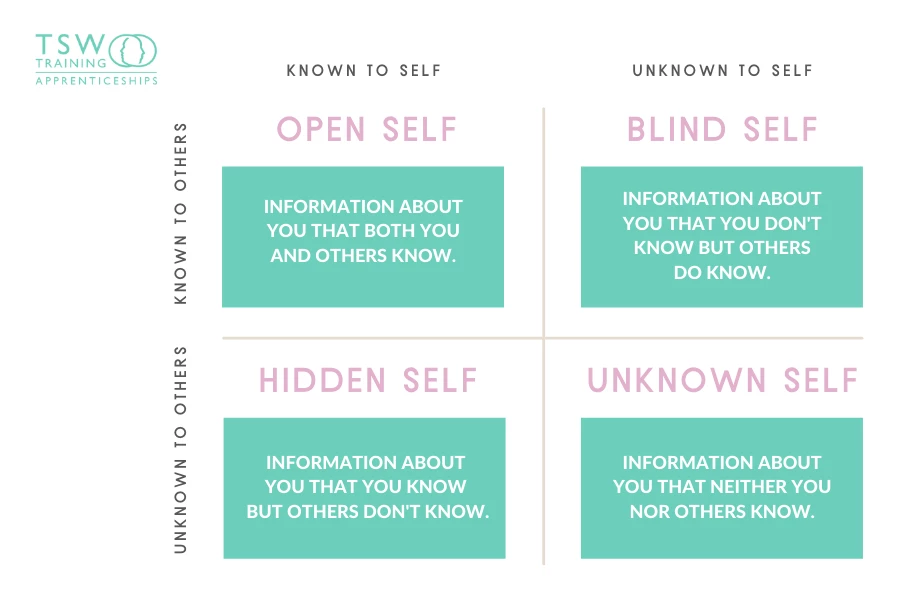Are your managers and team leaders staggering remote and office-based workers? If so, it’s time to learn about proximity bias and start to combat it.
Key points:
- Proximity bias affects employee wellbeing and performance, preventing you from meeting overarching goals
- It’s a form of employee favouritism. You give preferential treatment to employees in the workplace, overlooking those working from home
- It’s an unconscious reflex, but it’s still discrimination and a risk to employers. You must take steps to combat it and create equal opportunities for both groups of workers
What is a proximity bias?
Proximity bias is worker favouritism.
It sees employees physically in the workplace benefitting from rewards and opportunities, more so than home workers.
Proximity bias is a cognitive bias. In other words, it’s a natural human instinct. A cognitive bias is when you misinterpret the information around you, to strengthen a belief you already have.
Cognitive bias occurs when your brain over-simplifies complex information to fit your narrative, overlooking the details that would help you make informed and fair choices.
For example, neglecting to service a new car, purely because it’s new and you believe it is safer and more reliable than an old car – “it won’t break down, it’s fresh off the production line!”
A proximity bias frames how you see the people you work with, affecting the decisions you make, and how you interact with others.
At worst, it can lead to discrimination. You must consciously avoid preferential treatment and strive to treat the whole team fairly.
Is proximity bias a new problem?
Not really, it’s just been brought back into focus in the wake of COVID-19.
Cast your mind back to 1999 where, in an episode of Friends (‘The One Where Rachel Smokes’) Ralph Lauren exec, Rachel Green, was excluded from business decisions because she wasn’t a smoker.
Rachel’s manager was at her most decisive during cramped break times in the designated smoking area. It just so happened that her direct report smoked too. The employee who smoked benefited from the proximity bias created by a physical and habiutal common ground.
It was a New Yorker’s story, all-too recognisable in the UK. In 1998, the Labour government released a whitepaper on tobacco, called ‘Smoking Kills‘, and it identified 13 million adult smokers.
By 2019, the number had fallen to 6.9 million, and that particular risk of proximity bias also dwindled.
Fast forward to 2021 and a new health-related proximity bias presented itself in the wake of Coronavirus.
As we head back to work, hybrid work models create the potential for favouritsm towards visible, work-based employees.
What is a hybrid working model?
A hybrid work model allows employees to spend part of the week working at home.
Depending on the company, the days and hours you spend in the office each week are flexible. Your working pattern may not match the routine of your colleagues or manager.
Central HR teams define the hybrid working policy, while line managers typically schedule their team’s time.
Ford, PWC, Microsoft and Google are just a few companies experimenting with a hybrid work model.
But according to a survey conducted by Buffer in 2021, 46% of respondents said their company was planning to allow remote work permanently, and 97.6% of workers wanted to stay remote some of the time, for the rest of their career.
Here is an example hybrid working model:
- Half the workforce are asked to return to the workplace 60% of the time. They visit the workplace on different days each week, using flexible hours
- A quarter of the staff are critical or key workers, so they are ever-present in the workplace
- The remaining quarter is shielding or vulnerable. They work from home 100% of the time
Why does proximity bias affect remote workers?
People who go into a communal workplace have an advantage over their home-working peers. They can:
- Observe activities first-hand
- Retain how much work is being done and by who
- Spend greater quality time with their superiors
- Create connections and friendships, leading to preferential treatment between peers
- Make connections between results and attribute success to their neighbours
That creates issues for businesses. It could cause:
- Conflict between home workers and those in the workplace
- Diminished culture
- Poor employee retention for disillusioned workers
- Declining wellbeing
- Lack of fulfilment and motivation
- Fewer personal accomplishments
- Slower achievement of overarching business goals
Six ways to avoid proximity bias
To keep your people feeling and working well, and your business and the decisions made within it, unaffected by bias, you need to champion inclusivity and equality. Location doesn’t matter, results do. But, if it’s an unconscious bias, how can you combat it?
#1 Put on Six Thinking Hats
“The six thinking hats technique gives you a bird’s eye view of problems and situations, so you see all angles and perspectives,” says our Commercial Director, Matthew Channell. “It shows you how to think, rather than what to think. The technique will help you improve the quality of your decision making. In this case, you’ll get the assurance you’re using the right talent and seeing your people’s contribution clearly, confident regardless of their proximity to you.”
#2 Climb the ladder of inference
The ladder of inference is a decision-making framework.
You must analyse and evaluate the data available to you on each rung, to make an unbiased decision. The ladder of inference stops you from jumping to conclusions. For example, it would prevent you from assuming that slipped performance data, proves that remote working causes apathy, creating a proximity bias.
#3 Get a SMART appreciation of hybrid working
If your field of view is narrowed and you are experiencing gambler’s fallacy, working in toxic workplace culture, consistently blaming the people around you when things go wrong, you’re missing the facts that will help you make good choices.
You can apply the Kipling method, or SMART stages, to get a full appreciation of the situation at hand. When you’re using to it combat bias, the Kipling method will help you visualise the potential outcomes of a two-dimensional, or meaningless, fact.
#4 Adopt the Action Centred Leadership (ACL) model
ACL,or ‘the three circles model’ was coined in 1973 by leadership expert, John Adair. It describes a balancing act between three actions you must make to lead a team. Nearly 50 years later, the theory can still be applied to hybrid working environments:
- Task: The mandatory actions that achieve a goal
- Team: The actions you take to encourage teamwork
- Individual: The actions that service individual needs within your team
#5 Lead with emotional intelligence

The communication time you get with remote workers is concentrated and abrupt, which undermines relationships and stokes fear of favouritism. “By teaching people to tune in to their emotions with intelligence and to expand their circles of caring,” explains Goleman on his website, “we can transform organizations from the inside out and make a positive difference in our world.”
Being an emotionally intelligent manager, you can nurture relationships with your people, get their buy-in, and navigate difficult conversations whether they’re at home or at work.
Goleman’s theory relies on five principles:
- Self-awareness
- Self-regulation, or impulse control
- Internal motivation and persistence
- Empathy
- Social skills
#6 Look through the Johari Window
Similar to Goleman’s approach, the Johari Window helps you to build and understand relationships. In terms of proximity bias, it’s a self-awareness tool that helps you see your behaviour. It also allows you to make decisions quickly and efficiently.
The ‘Johari Window’ is described as a house with four rooms. You apply adjectives to each quadrant to describe and get an unbiased view of your personality and how you work:
- The open and known: Your attributes you’re aware of
- Blind: The attributes you have but are unaware of
- Hidden: Attributes you have that aren’t visible to others
- Unknown: Attributes that no one knows, not even you
An unknown attribute can be a subconscious feeling like a proximity bias.
If you need support time managing remote workers, and supporting an equal, fair and inclusive workplace, get in touch.









